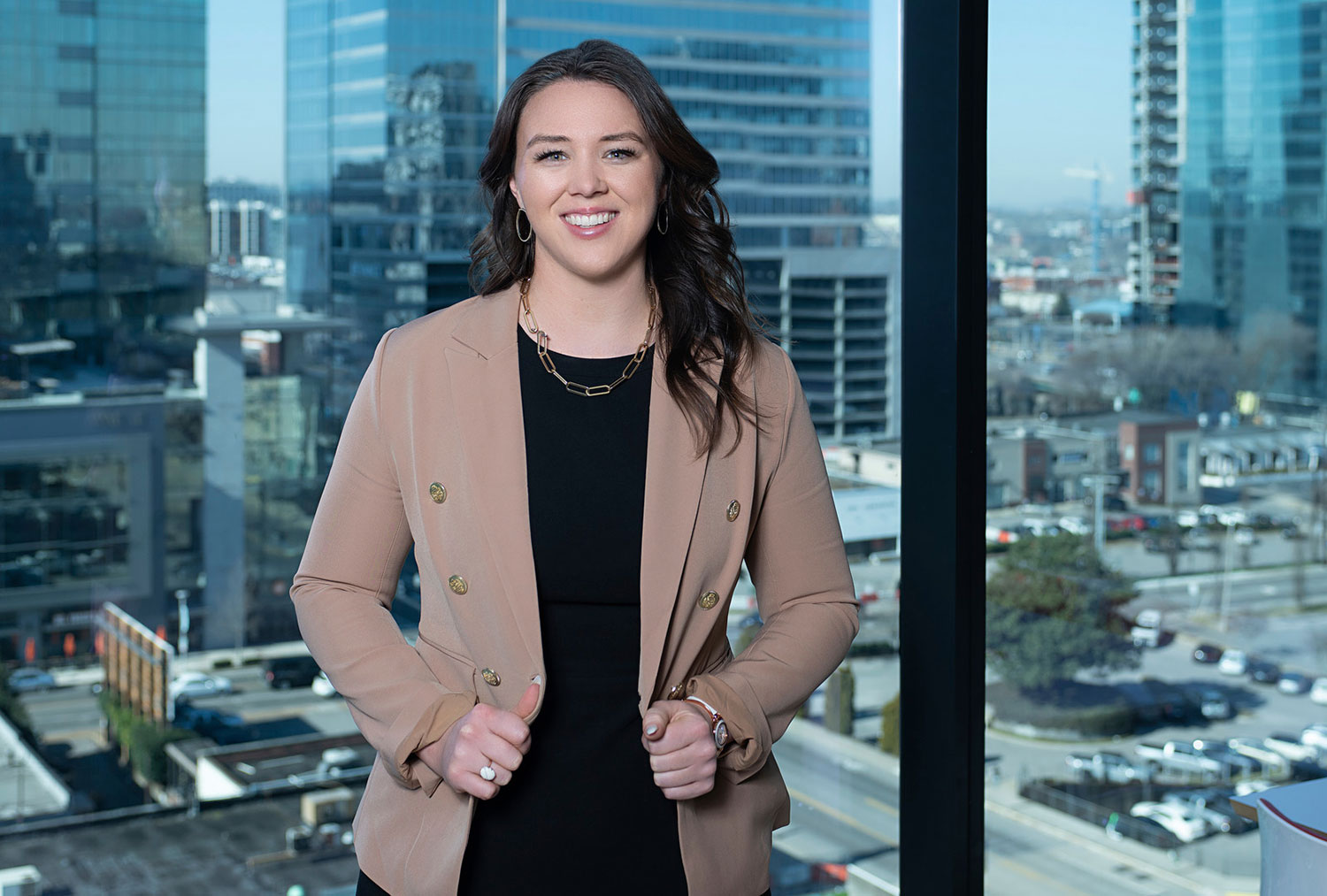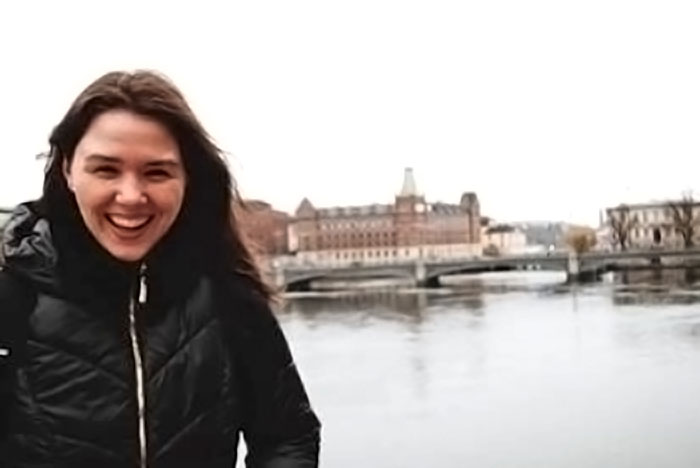Employee Spotlight: Victoria Codrington
The ESa family has many talented members who are passionate about moving forward together to create environments that shape lives. Victoria Codrington sat down with us to talk about her design inspirations, architectural influences and why she calls ESa home.

Name: Victoria Codrington
Current Title: Design Manager/Team Leader
Time at ESa: 6 years
What made you want to pursue architecture as a career?
Both my grandfathers are engineers and both my grandmothers are professional artists, while my parents are in business. This unique blend of perspectives influenced my early interest in architecture. Moreover, I also just love building things. Taking things apart and seeing how they work always intrigued me. Lastly, growing up near New York City, the architecture present there further influenced my interest in the discipline.
As a child, I was obsessed with graph paper and would always be drawing houses, neighborhoods and cars. I love people, color and design – the field of architecture captured the combination of my interests and influences growing up.

My role at ESa is healthcare centered, which is more technical in nature. I love the interplay of the technical nature paired with the people. Understanding the healthcare workflow is also compelling. The more I can know about the medical industry and specific procedures the better we can design.
Why ESa? What was your initial draw to the firm?
When I was born my mother experienced complications, which nearly led to her [sic] and I losing our lives. As a result, I grew up very much in the healthcare system alongside her. I initially thought I wanted to be a neonatologist – a specialist that works with premature babies and mothers. However, I learned that I don’t like science or blood, and in that profession there was a good amount of both.
I went on to study architecture at Texas A&M that has one of the few healthcare centered architecture programs in the country. When I was there, I was able to do some projects with veterans and later had an internship with a healthcare architecture firm in Austin, Texas. Ultimately, I felt like I was supposed to come to Nashville, and I prayed for a job here. Through a series of events, I met Meghan Hartwell and got an internship at ESa that turned into a permanent role.
Funny enough, I had written a design philosophy in my portfolio that was similar to that of Earl Swensson, one of ESa’s founders, this alignment of vision seemed meant to be, and I have been at ESa ever since.
Any architectural heroes that inspire you?
I am more inspired by fashion, people and art over any particular architect. I like to surround myself with influences that are connected to the world so that I can better benefit the people and places around me. I will say my favorite two buildings are the Oslo Opera House, in Oslo, Norway, and the Pantheon in Rome, Italy.
Due to my Swedish heritage, I also feel drawn to and inspired by Scandinavian design.

(Photo above: Exploring Stockholm)
How has COVID impacted you? What challenges did you experience? Any opportunities?
I recently purchased a home, which afforded me my own space during the course of the pandemic. In addition, I also now have two dogs that I have gotten since COVID, and they keep me company working from home. I do think in a larger sense that COVID has reiterated the importance of interaction and relationship. It has also led to a healthy evaluation of what is necessary, bringing conversations about work-life balance to the forefront to many of our lives.
Coffee or Tea?
If I had a pie chart detailing all of my money, coffee would take up a large portion of it! My go-to-drink is an iced latte with oat milk.

What does the future of the architectural/engineering (A/E) industry look like in your opinion?
Isolating things from an mechanical, electrical and plumbing (MEP) standpoint will continue to be large in combating COVID and any other variants that arise. Regulations for these standards take a while to come into being, and some Owners are more enthusiastic about these mechanical changes than others. Conversations are ongoing about whether these changes are necessary or are overkill.
I see more of a shift in the humanization of expectations within the A/E industry as opposed to design trends. With all of us having worked from home, flexibility is now expected meaning that if my dog runs up to me during a video call, people will be more accommodating. Things are moving away from suits and in person meetings toward a hybrid future in which teams can meet from the comfort of their own home. Clients, Owners and Architects (or consultants) have all shared experiences of this remote world, and this shared experience has led to empathy alongside increased flexibility.